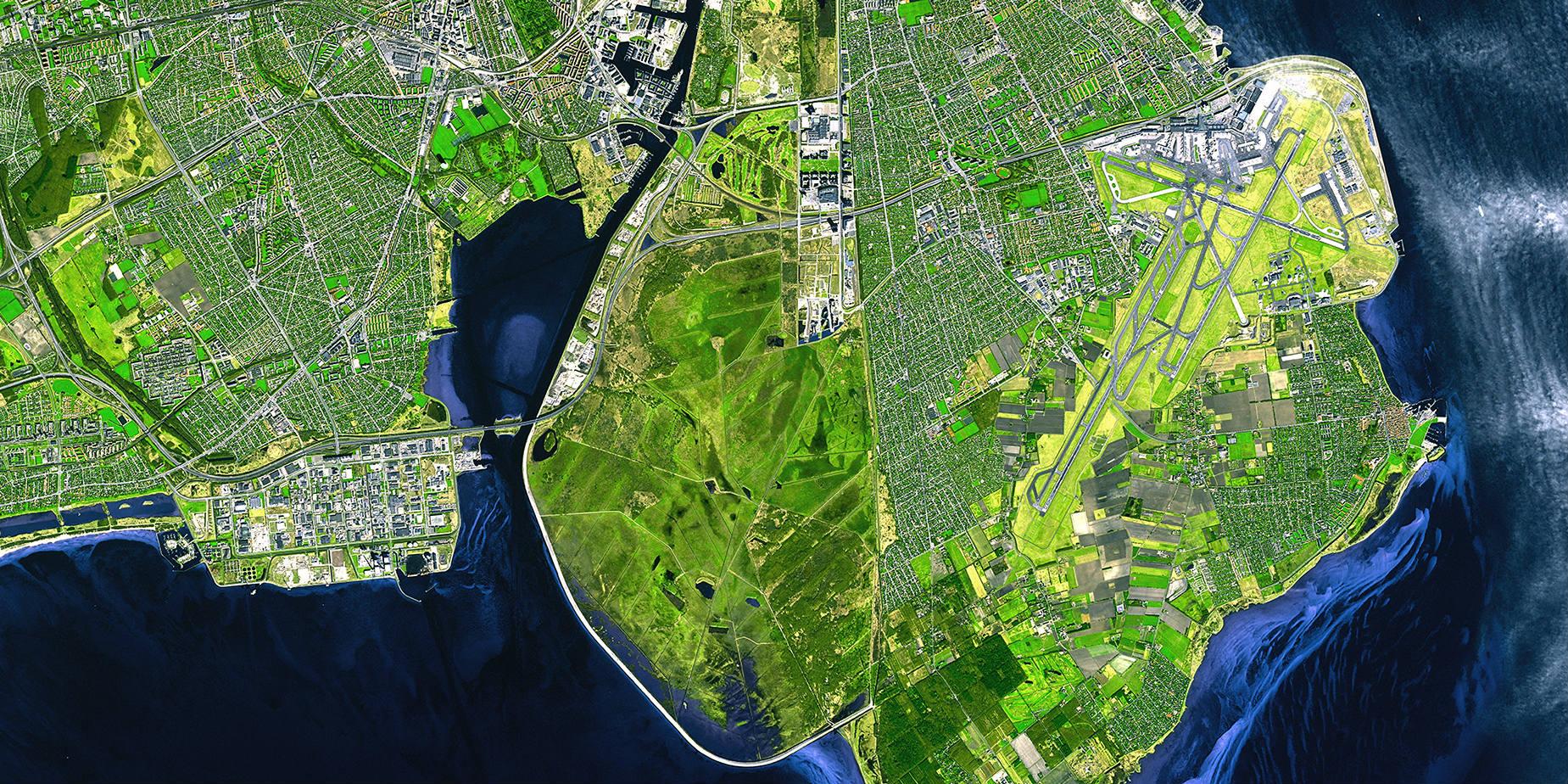
This month is the second in a series of three meetings focused on 'places' and we turned to green spaces in cities and the way in which they can be designed to benefit people's health, bring communities together and have a positive effect on the environment.
Our first expert witness was Professor Catharine Ward Thompson, Professor of Landscape Architecture at the Edinburgh School of Architecture and Landscape Architecture (ESALA) at the University of Edinburgh. She is also Director of the OPENspace research centre, an international research centre based in the Universities of Edinburgh and Heriot-Watt which is contributing new evidence on why inclusive access to the outdoors matters.
She was joined by Laurie Parma, a researcher based in the Policy Research Group in the Department of Psychology at the University of Cambridge who is co-leading a Cambridge Conservation Initiative funded project to investigate the relationship between biodiversity and wellbeing.
Our final witness was Professor Matthew Gandy from the Department of Geography at the University of Cambridge. He is an urbanist who writes about cities, landscapes and nature with particular interests in landscape, infrastructure, and more recently biodiversity.
Wicked problems and questions generated by the open discussion:
How ‘natural’ does a green space need to be to have a bearing on human wellbeing? This area requires more research. Childhood experience seems to influence our relationship with green spaces so new ideas of urban environments may not have as strong an effect on our wellbeing.
How important is greenness? Is it greenness or is there some deeper understanding of beauty or the sublime that can be replicated by an urban environment? The response to different types of landscapes appears to vary over cultures and over time. Nonetheless the natural environment seems to provide ‘soft fascination’, i.e. it engages attention without people having to make an effort.
How can engagement with green space be encouraged? There can be a disparity between the perception of potential users of green space and that of independent measurements. For example, sense of safety can be a key barrier to the use of green space and this is in turn influenced by secondary factors such as cultural background, local knowledge and the quality of the green space. Public spaces need to be designed in a welcoming fashion with clear sightlines and inviting entrances but this need to be supported by social programming and engaging local communities. Education that allows people to read the landscape may help them to derive greater pleasure from green space.
How do we encourage active transport? Active transport may represent a way of being exposed to nature without a conscious effort. There is evidence to suggest that exercise in a natural environment is better for your health than the same amount in a gym. We need safe and secure green spaces for people to walk and cycle.
Is there a disjunction between people who can appreciate visible and aesthetically pleasing environments versus appreciating more abstract ideas such as biodiversity? Moving beyond just the study of the visual and aesthetic experience of nature is important. Studies have started to examine the ‘embodied presence’ of nature and suggest that – probably at the microbiome level – we are affected by biodiversity regardless of our like or dislike of nature.
How do you generate the political momentum to protect less glamorous flora and fauna? Getting any engagement with statutory bodies to even inspect certain sites or data is challenging particularly for brown field sites. We need to encourage public appreciation of and engagement with nature in urban areas otherwise concepts like biodiversity can be perceived as too abstract.
To find out more about this theme or the meetings, please e-mail Dr Rosamunde Almond (r.almond@damtp.cam.ac.uk).
